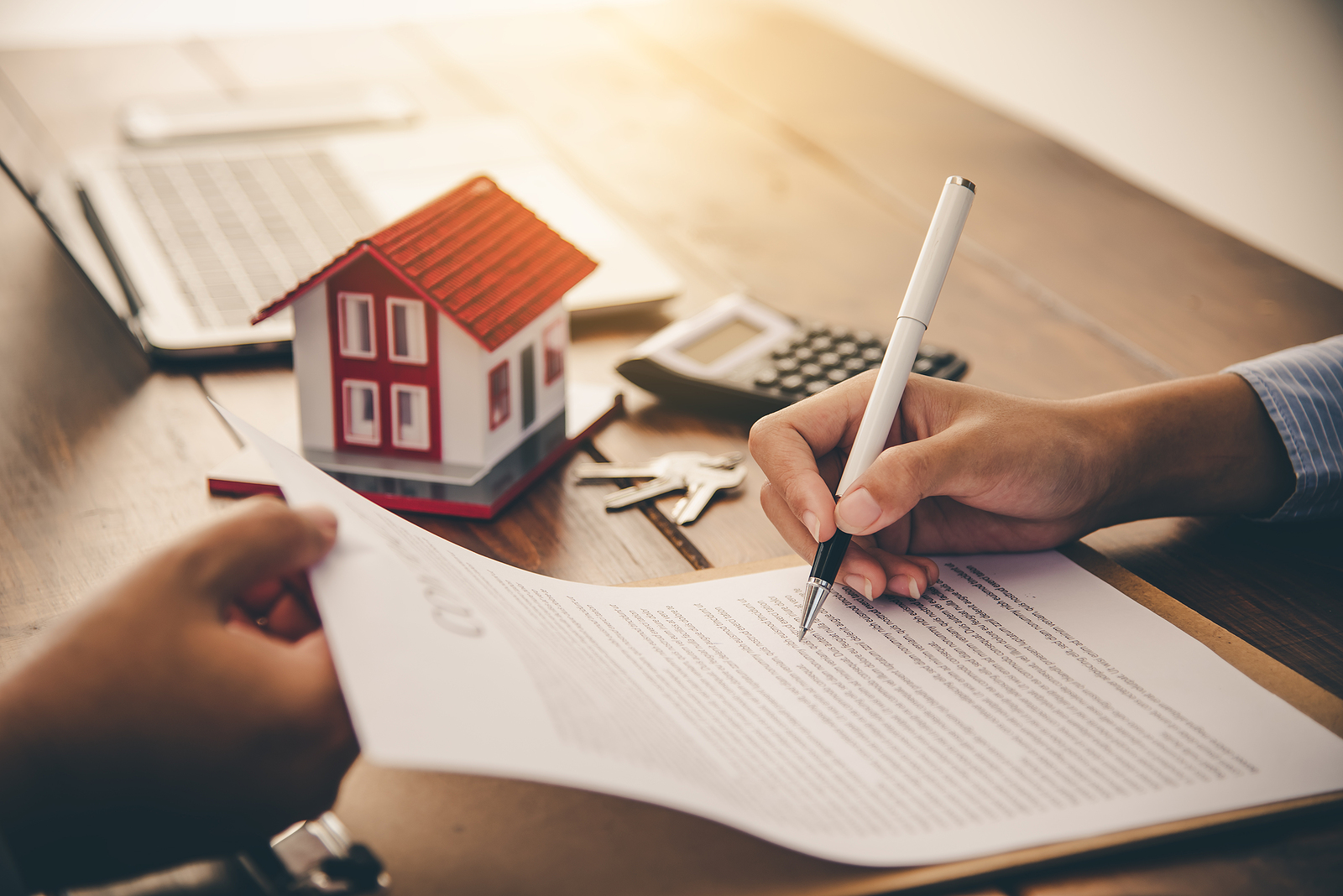There are good reasons that homebuyers are counselled to see a lender early in the homebuying process. Yes, he or she will let you know if you qualify for a mortgage and, if you do, you’ll be given a preapproval letter to submit with an offer to purchase.
But, you’ll also find out how much you can borrow and how much you can afford to spend every month on your house payments.
That lender will expect to be paid for lending you money and will be paid, at closing. And, that’s just the beginning of the additional costs to buying a home that many homebuyers aren’t aware of. Let’s take a look at some of these so you aren’t caught unaware as you take on the process.
The initial outlay
We’ve found that many of our homebuying clients assume that the down payment on the loan is required upfront.
In reality, the lender won’t ask for it until later in the process, but some lenders will want to see “seasoned funds,” meaning money that has been in an account for some time, typically 60 days or longer.
Then, when you find a home that you want to purchase, the seller will expect the purchase agreement to be accompanied by what is known as an “earnest money deposit.”
While there is no set amount required for an earnest money deposit, we tell our clients to expect to submit a check for up to $1,500. This money is held in escrow and will be deducted from the sale price at closing.
According to a study conducted by Porch.com, 88% of homebuyers have the home inspected.
This is another upfront cost (payable at the time of service) and the nationwide average price of a home inspection is $336 but it may be between $200 and $500 depending on the size of the home and other factors.
If the home inspection report shows problems with the home, you may want to hire a specific specialist to investigate and quote a price to fix it. This, too will need to be paid for at the time of the service.
What you’ll need at closing
As mentioned earlier, prior to closing, the lender will expect you to pay your down payment and that amount depends on the price of the home and the type of loan you’ve acquired.
Conventional lenders typically require 20 percent of the loan amount while FHA-backed loans offer several different down payment options, depending on the borrower’s credit score.
The VA loan, specific to military members and their widows or widowers, offer no down payment loans while Fannie Mae and Freddie Mac, offer several different programs.
Shortly after applying for a mortgage, your lender will supply you with a Loan Estimate, which will give you a general idea of what to you’ll pay in closing costs.
These numbers, by the way, are estimates. The Closing Disclosure that you’ll receive shortly before closing is the final statement of the terms of your loan and how much you’ll need to pay in closing costs.
In general, closing costs typically equal between 2 percent and 5 percent of the loan amount.
We are happy to answer any questions you may have about the closing process. Or, view the information available online at the Consumer Financial Protection Bureau’s website.
But, that’s not all
Welcome to the world of homeownership! Instead of paying rent every month, you’ll be paying your mortgage payment. This payment is divided up to pay portions of the loan’s principal, interest, taxes and homeowner insurance.
The cost of mortgage insurance will be taken out of your monthly house payment as well, if you paid less than 20 percent down.
If your home is in a community managed by a homeowner association, you’ll pay fees or dues and, possibly, assessments. Dues are commonly paid on a semi-annual basis but some HOAs require monthly or quarterly payments.
The toughest transition from being a tenant to a homeowner is the loss of the landlord.
Surprised? Sure, it’s a relief to get out from under a landlord’s restrictions on what you can and cannot do in your home. But what you’ll miss most as a homeowner is your landlord’s deep pockets.
When a pipe springs a leak or the HVAC system dies, the cost of repairs fall on you. Then, there are all the costs of maintaining a home so that you’re not faced with these emergency repairs in the future.
Many financial experts recommend the 1% rule: As a cushion against the unexpected, set aside at least 1 percent of the home’s value each year.
In our real estate practice, we find that far too many homebuyers, especially first-timers, don’t receive the information they need to make smart decisions – something that won’t happen when you work with us.






